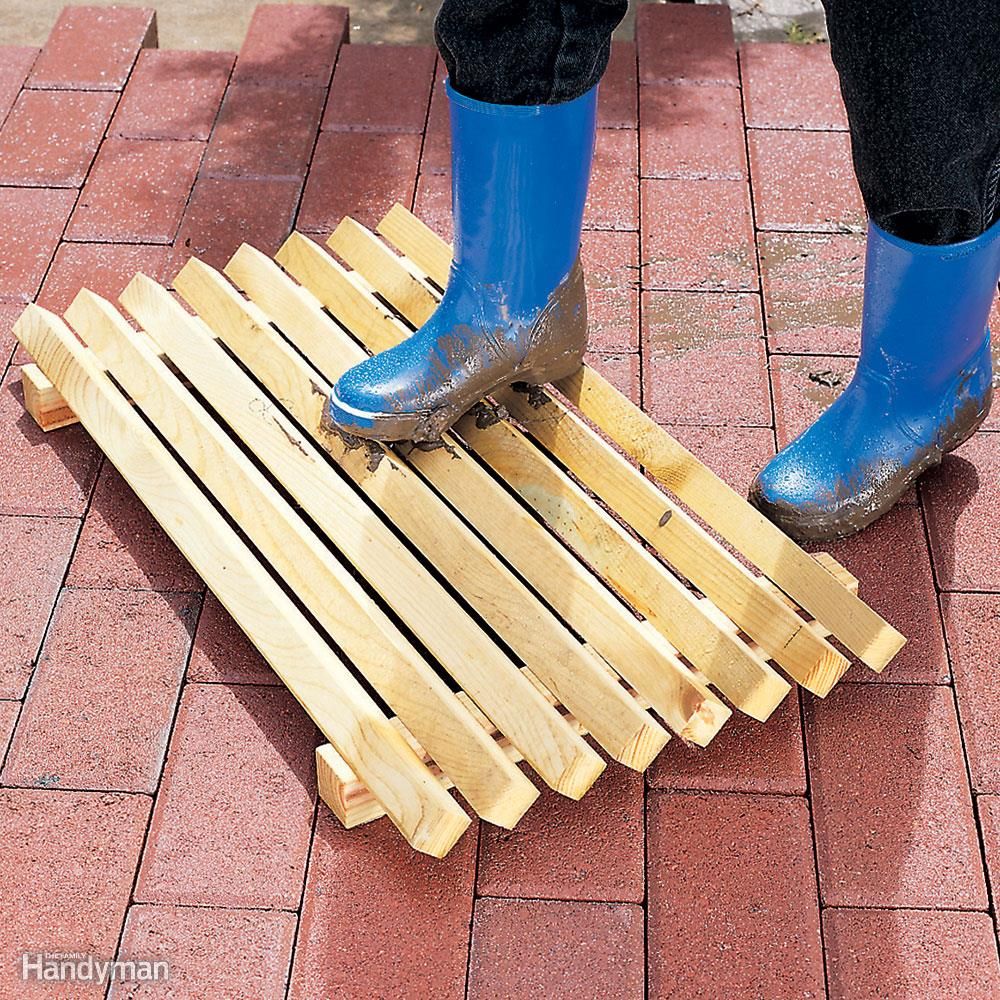Thursday, November 21, 2024
Basic Shed Plans for Beginners: A Guide to Easy Outdoor Projects

Basic Shed Plans for Beginners: A Guide to Easy Outdoor Projects
Building your own shed is a rewarding experience, offering a sense of accomplishment and a valuable addition to your property. This guide provides beginners with straightforward plans for constructing a simple yet functional shed. We'll walk you through the process step-by-step, demystifying the seemingly daunting task and empowering you to create your own outdoor storage solution.
Planning Your Shed Project
Before you even think about grabbing a hammer, careful planning is crucial. Start by determining the size and location of your shed. Consider your storage needs â€" will you primarily store gardening tools, bicycles, or something else entirely? A larger shed provides more space but demands more materials and effort. Choosing the right location is equally important. Ensure the area is level, allows for adequate sunlight (if desired), and complies with any local building codes and regulations. Finally, sketch a basic design â€" even a simple drawing will help you visualize the project and estimate the materials required. Don't underestimate the power of visualization; it helps prevent costly mistakes down the line.
Gathering Your Materials and Tools
Once you have your plans, create a detailed materials list. This list will include lumber (pressure-treated for longevity), screws, nails, concrete for the foundation, and any other desired features like a door and window. Consider pre-cutting lumber at your local lumberyard to save time and effort. Regarding tools, you'll need the basics: a measuring tape, level, saw (circular saw is ideal but a hand saw works in a pinch), drill, screwdriver, shovel, and possibly a post-hole digger if you're opting for a more permanent foundation. Always prioritize safety and use appropriate personal protective equipment (PPE) throughout the project. Thorough preparation minimizes frustration and keeps the project moving smoothly.
Essential Materials List:
- Pressure-treated lumber (4x4 posts, 2x4 studs, 2x6 floor joists, plywood for walls and roof)
- Concrete mix
- Roofing felt or shingles
- Exterior-grade screws and nails
- Door and window (optional)
- Weather sealant
Building the Foundation
A solid foundation is paramount for a stable shed. The simplest option is a concrete slab. Begin by excavating the area according to your shed's dimensions, ensuring a level surface. Next, construct a simple formwork (wooden frame) to contain the concrete. Pour the concrete mix into the formwork, allowing it to settle and cure for several days before proceeding. Alternatively, for a quicker solution, consider using concrete blocks or patio stones for a less permanent but still sturdy base. Remember, a level foundation prevents structural issues and makes the building process significantly easier.
Constructing the Frame and Walls
With the foundation set, begin framing the shed's walls. Assemble the wall frames using 2x4 studs, ensuring they're plumb (perfectly vertical) and square. Attach the plywood sheeting to the frames, securing it firmly with screws. Repeat this process for all four walls. Consider pre-assembling the wall frames on the ground for easier handling and alignment before lifting them onto the foundation. Accurate measurements and careful assembly at this stage are key to a structurally sound shed.
Roofing and Finishing Touches
Once the walls are up, you'll construct the roof. The simplest roof design is a gable roof (triangular shape). This requires constructing roof trusses (pre-fabricated or built on-site) and attaching them to the top plates of the walls. Cover the roof with roofing felt or shingles for weather protection. Finally, install your chosen door and window (if using), adding hinges, handles, and any necessary weather stripping. A final coat of paint or sealant protects the wood from the elements, increasing the longevity of your shed.
Building a basic shed is a manageable DIY project. By following these steps and exercising patience and precision, you can create a valuable addition to your property. Remember, safety is paramount, and don't hesitate to consult additional resources or seek help if needed. Enjoy the process and the satisfaction of creating something with your own hands!
No comments:
Post a Comment